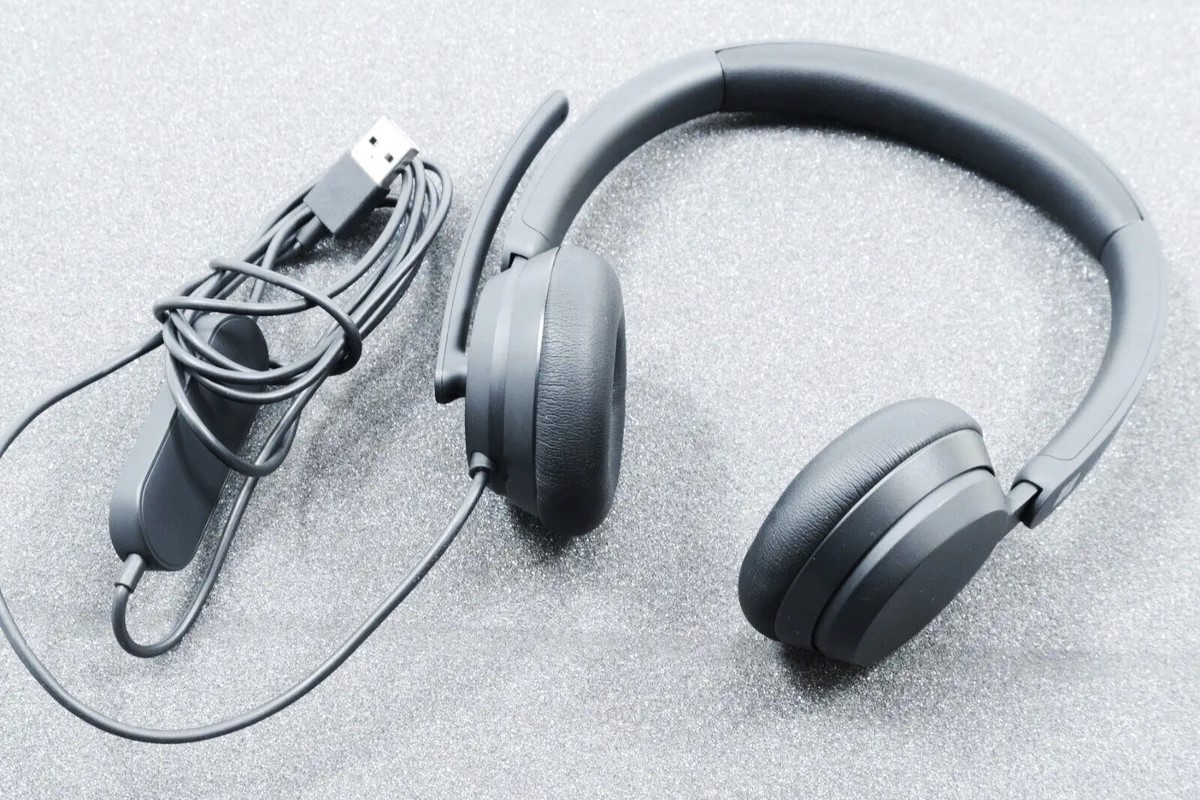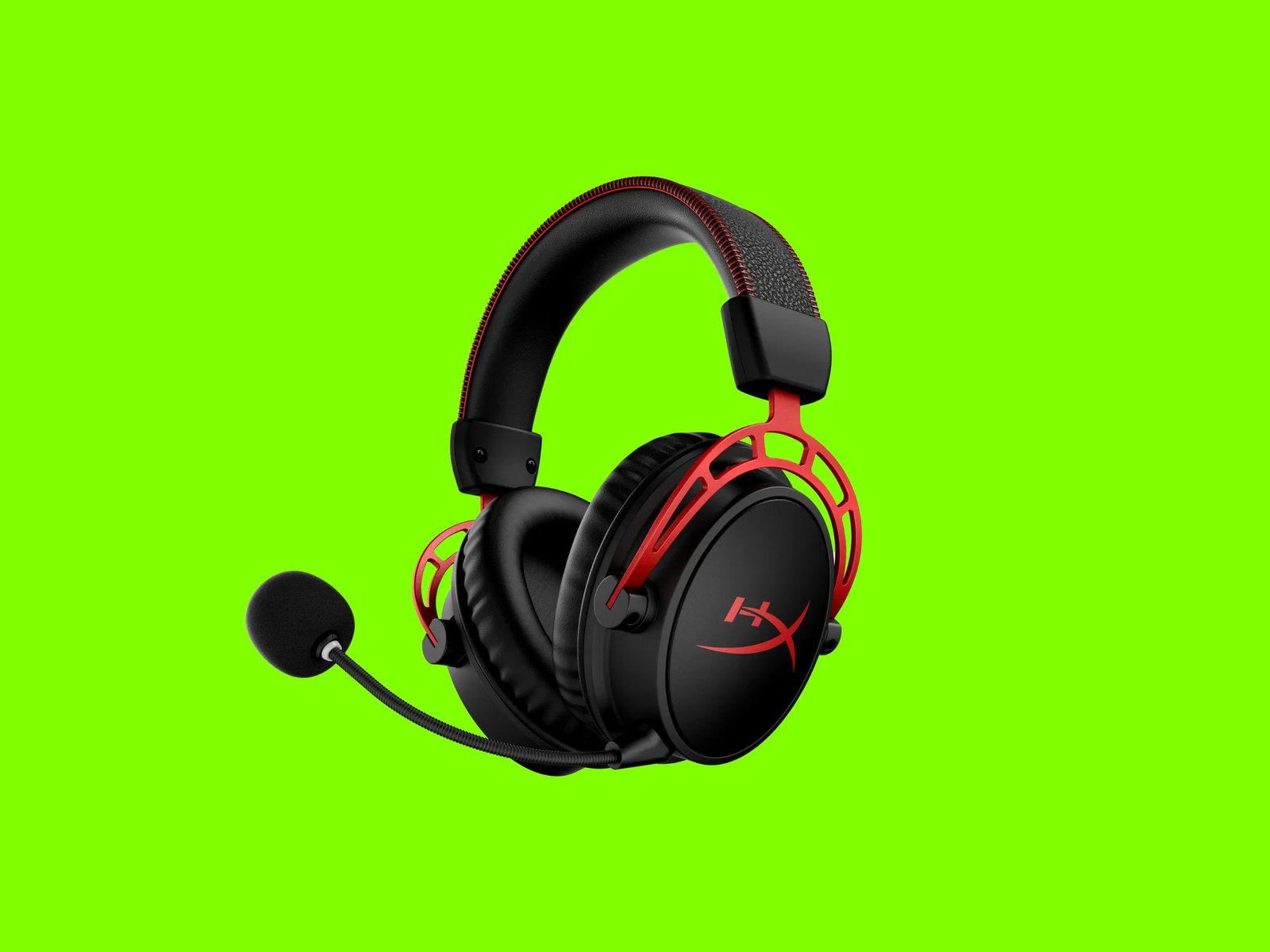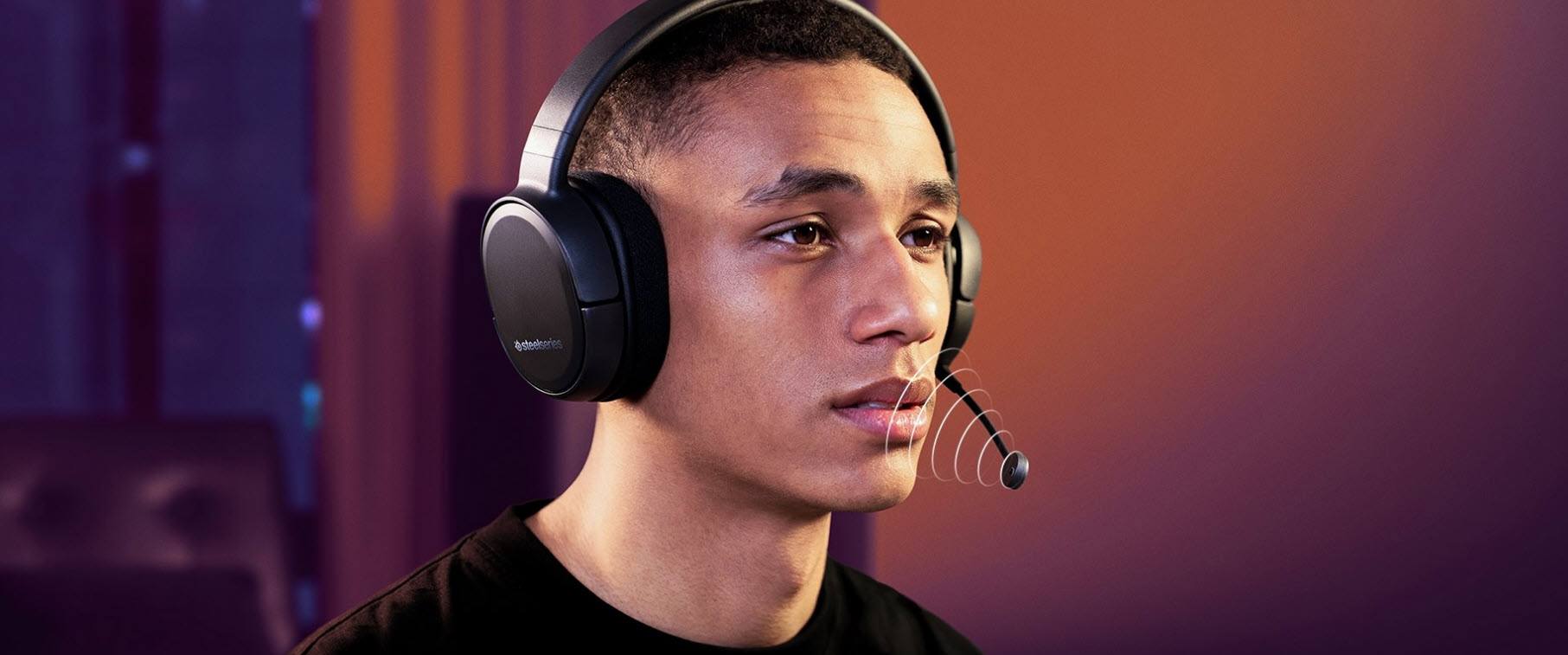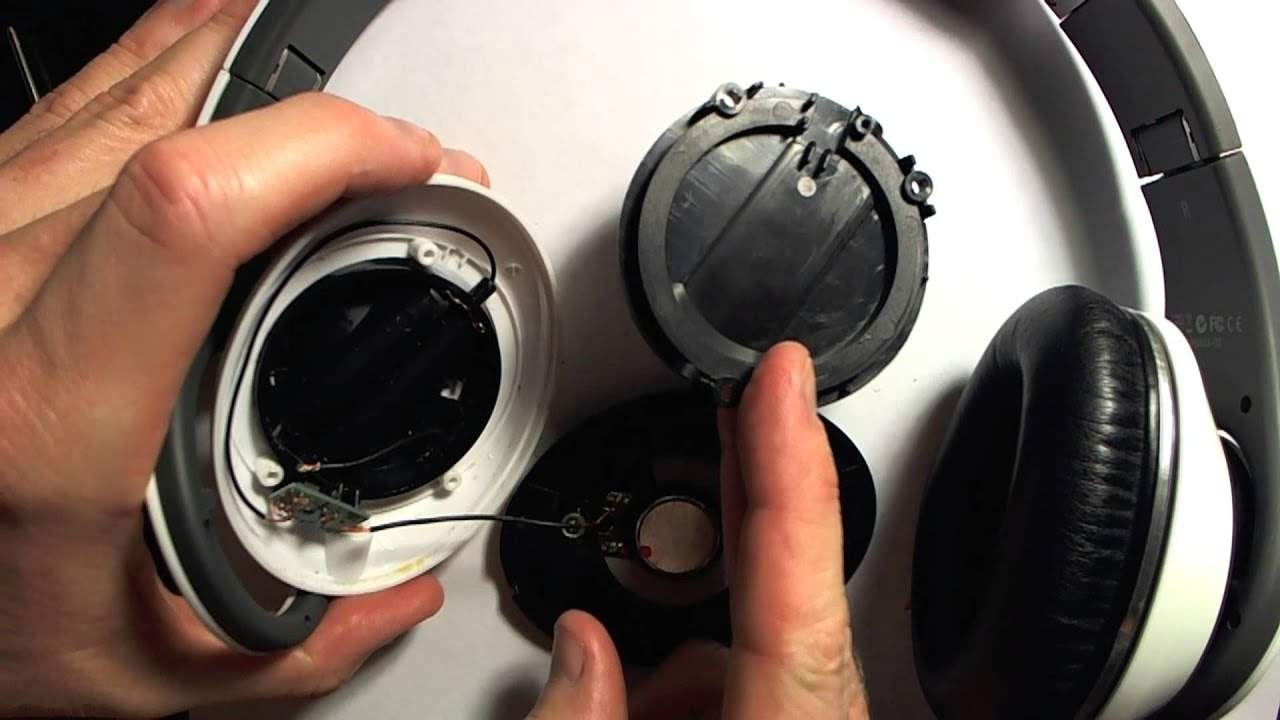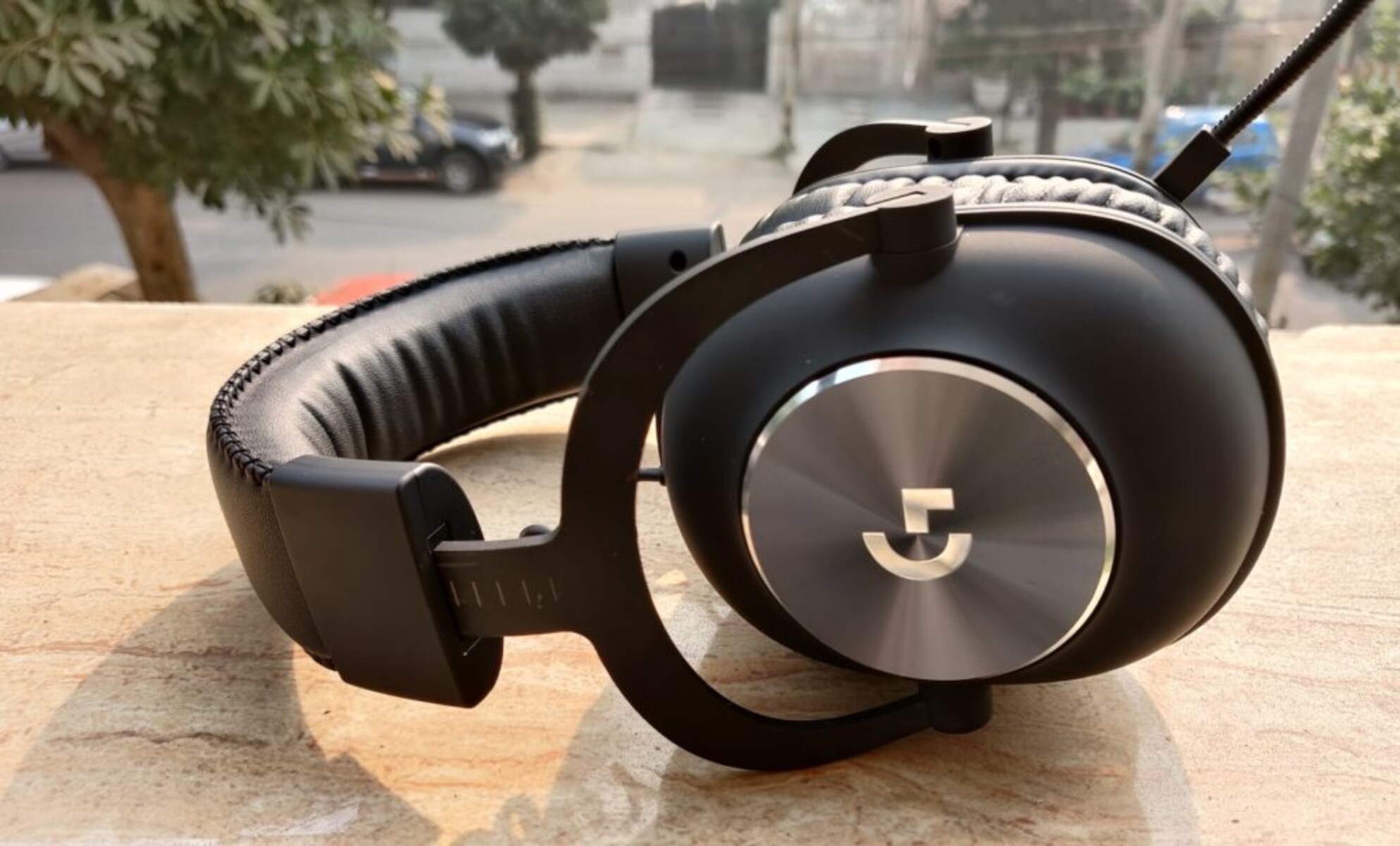Introduction
When it comes to enjoying crystal-clear audio during calls or immersive gaming experiences, a high-quality headset is an indispensable tool. However, encountering echo issues can significantly detract from the overall audio experience, leading to frustration and annoyance. Whether you're engaged in a crucial business call or immersed in an intense gaming session, the presence of echo can disrupt communication and immersion, making it essential to address and resolve such issues promptly.
Echo problems in headsets can manifest in various ways, from hearing your own voice during calls to experiencing delayed or distorted audio feedback. These issues not only compromise the audio quality but also hinder effective communication, ultimately impacting productivity and enjoyment. Therefore, understanding the potential causes of echo in headsets and learning how to diagnose and troubleshoot these issues is crucial for maintaining a seamless audio experience.
In this comprehensive guide, we will delve into the common echo issues that users encounter with their headsets, explore the underlying reasons for these problems, and provide practical steps for diagnosing and troubleshooting echo issues. By gaining a deeper understanding of these issues and learning effective troubleshooting techniques, you can regain the pristine audio quality and seamless communication that your headset is designed to deliver.
Let's embark on this journey to unravel the mysteries of echo issues in headsets, empowering you to identify and resolve these challenges with confidence and ease. Through the insights and practical tips shared in this guide, you will be equipped to overcome echo issues and elevate your audio experience to new heights.
Common Echo Issues
Echo issues in headsets can manifest in various ways, causing disruptions and detracting from the overall audio experience. Understanding the common echo issues that users encounter is crucial for effectively addressing and resolving these challenges. Here are some of the prevalent echo issues that users may experience with their headsets:
-
Self-Voice Echo: This issue occurs when the user hears their own voice echoed back during calls or audio playback. The presence of self-voice echo can be highly distracting and make it challenging to communicate effectively.
-
Delayed Audio Feedback: Users may encounter a noticeable delay in audio feedback while using their headsets. This delay can create a disorienting experience, particularly during real-time communication or gaming, where instant audio response is essential.
-
Distorted Audio: Distorted audio, characterized by crackling, static, or muffled sounds, can significantly diminish the audio quality of a headset. This issue can interfere with clear communication and hinder the enjoyment of multimedia content.
-
Cross-Talk Echo: Cross-talk echo occurs when the audio from the headset's speaker leaks into the microphone, resulting in the user hearing their own voice or ambient sounds with a noticeable delay.
-
Environmental Echo: In some cases, headsets may pick up and amplify environmental sounds, leading to an echo effect that disrupts the intended audio output.
Understanding these common echo issues is the first step toward effectively diagnosing and resolving headset-related audio challenges. By identifying the specific nature of the echo problem, users can take targeted steps to address the underlying causes and restore the pristine audio quality that their headsets are designed to deliver.
Causes of Echo in Headsets
The presence of echo in headsets can stem from various underlying causes, each contributing to the disruption of audio quality and communication clarity. Understanding the potential factors that lead to echo-related issues is essential for effectively diagnosing and resolving these challenges. Here are the primary causes of echo in headsets:
-
Audio Leakage: One of the leading causes of echo in headsets is audio leakage, where sound from the headset's speaker inadvertently enters the microphone. This leakage can result from poorly insulated internal components or inadequate isolation between the speaker and microphone elements. When the microphone picks up the leaked audio, it creates an echo effect that interferes with the intended audio output.
-
Acoustic Feedback: Acoustic feedback occurs when audio output from the headset's speaker is inadvertently picked up by the microphone and re-amplified. This feedback loop can lead to the persistence of echo during calls or audio playback, compromising the overall audio experience. Factors such as improper microphone positioning or inadequate noise cancellation can contribute to the occurrence of acoustic feedback.
-
Microphone Sensitivity: In some cases, the microphone's sensitivity settings or gain levels may be improperly configured, leading to the pickup and amplification of ambient or playback audio. When the microphone sensitivity is too high, it can capture and transmit unintended audio, resulting in echo issues during communication or multimedia playback.
-
Environmental Factors: External environmental factors, such as room acoustics, background noise, and reflective surfaces, can contribute to the occurrence of echo in headsets. Sound reflections and reverberations within the user's environment can be inadvertently picked up by the headset's microphone, leading to the amplification of ambient sounds and the creation of echo effects.
-
Hardware Defects: Malfunctions or defects in the headset's internal components, including the microphone, speaker, or audio processing circuitry, can contribute to the occurrence of echo. Issues such as damaged wiring, faulty connections, or component degradation can disrupt the intended audio pathways and lead to the manifestation of echo-related problems.
By gaining insight into these potential causes of echo in headsets, users can effectively diagnose and address the underlying issues, restoring optimal audio performance and communication clarity. Identifying the specific factors contributing to echo problems is crucial for implementing targeted troubleshooting steps and achieving a seamless audio experience with their headsets.
Diagnosing Echo Issues
Diagnosing echo issues in headsets requires a systematic approach to identify the specific factors contributing to the presence of echo and distorted audio. By following a structured diagnostic process, users can gain valuable insights into the root causes of echo-related problems, paving the way for targeted troubleshooting and resolution. Here's a detailed overview of the key steps involved in diagnosing echo issues:
-
Audio Testing: Begin the diagnostic process by conducting thorough audio testing with the headset. Engage in test calls or audio playback while actively monitoring the audio output. Pay close attention to any instances of self-voice echo, delayed audio feedback, or distorted audio. By actively listening to the audio output, users can pinpoint the specific nature of the echo issues and gather essential diagnostic information.
-
Microphone Sensitivity Evaluation: Assess the microphone sensitivity settings and gain levels to determine if the microphone is inadvertently picking up and retransmitting ambient or playback audio. Adjust the microphone sensitivity settings as needed to mitigate the potential for echo caused by excessive audio pickup.
-
Environmental Analysis: Consider the environmental factors that may contribute to the occurrence of echo. Evaluate the acoustic characteristics of the surroundings, including room acoustics, background noise, and reflective surfaces. By identifying potential environmental influences, users can gain insights into the external factors impacting audio performance.
-
Audio Leakage Assessment: Investigate the possibility of audio leakage from the headset's speaker to the microphone. Examine the physical design and construction of the headset to identify any potential pathways for audio leakage. By addressing and mitigating audio leakage, users can minimize the likelihood of echo issues arising from internal audio crosstalk.
-
Hardware Inspection: Conduct a comprehensive inspection of the headset's hardware components, including the microphone, speaker, and associated circuitry. Look for signs of physical damage, loose connections, or component defects that may contribute to echo problems. Identifying and addressing hardware-related issues is essential for restoring optimal audio performance.
-
Feedback Loop Identification: Determine if acoustic feedback loops are occurring within the headset's audio pathways. Analyze the interaction between the speaker and microphone elements to identify any instances of unintended audio re-amplification. By addressing feedback loops, users can mitigate the persistence of echo and distorted audio.
By systematically evaluating these key aspects of headset performance, users can gain a holistic understanding of the factors contributing to echo issues. This comprehensive diagnostic approach empowers users to identify the specific causes of echo and implement targeted troubleshooting measures to restore pristine audio quality and communication clarity.
Troubleshooting Steps
After successfully diagnosing echo issues in your headset, the next crucial phase involves implementing targeted troubleshooting steps to address the identified factors contributing to echo and distorted audio. By following these proactive troubleshooting measures, users can effectively mitigate echo-related challenges and restore the pristine audio performance of their headsets.
-
Microphone Sensitivity Adjustment: Begin by adjusting the microphone sensitivity settings to optimize audio capture while minimizing the potential for unintended audio pickup. Lowering the microphone sensitivity can help reduce the likelihood of ambient or playback audio being retransmitted, thereby mitigating echo issues during calls and multimedia playback.
-
Environmental Noise Reduction: Take proactive measures to minimize environmental factors that contribute to echo. By addressing background noise, optimizing room acoustics, and minimizing reflective surfaces, users can create an environment conducive to clear audio communication. Utilizing sound-absorbing materials and strategic positioning can help mitigate the impact of environmental factors on headset performance.
-
Audio Insulation Enhancement: Address potential audio leakage by enhancing the insulation and isolation between the headset's speaker and microphone elements. Implementing internal design modifications or utilizing specialized insulating materials can minimize the likelihood of audio crosstalk, thereby reducing the occurrence of echo during audio playback and communication.
-
Firmware and Driver Updates: Ensure that the headset's firmware and associated drivers are up to date. Manufacturers often release firmware updates to address audio performance issues, including echo-related challenges. By updating the headset's firmware and drivers to the latest versions, users can benefit from optimized audio processing and enhanced echo mitigation capabilities.
-
Hardware Component Inspection and Maintenance: Conduct a thorough inspection of the headset's hardware components, including the microphone, speaker, and associated circuitry. Address any physical damage, loose connections, or component defects that may contribute to echo problems. Regular maintenance and proactive hardware care can prevent potential audio disruptions.
-
Microphone Positioning Optimization: Adjust the microphone positioning to ensure optimal audio capture while minimizing the potential for acoustic feedback. Positioning the microphone at an appropriate distance and angle can help reduce the likelihood of unintended audio pickup, thereby mitigating echo issues during calls and multimedia usage.
By diligently implementing these troubleshooting steps, users can effectively address echo issues in their headsets and restore optimal audio performance. Through proactive adjustments, environmental optimization, and diligent maintenance, users can enjoy clear and immersive audio experiences without the disruptions caused by echo and distorted audio.
Conclusion
In conclusion, addressing echo issues in headsets is essential for maintaining clear audio communication and immersive multimedia experiences. By understanding the common echo problems, identifying the underlying causes, and implementing systematic diagnostic and troubleshooting approaches, users can effectively restore optimal audio performance and communication clarity.
The prevalence of echo issues, including self-voice echo, delayed audio feedback, and distorted audio, underscores the importance of proactive diagnosis and resolution. Through careful evaluation of microphone sensitivity, environmental influences, audio leakage, and hardware integrity, users can gain valuable insights into the specific factors contributing to echo-related challenges.
By implementing targeted troubleshooting steps, such as adjusting microphone sensitivity, minimizing environmental noise, enhancing audio insulation, and optimizing microphone positioning, users can mitigate echo issues and restore the pristine audio quality of their headsets. Additionally, staying attentive to firmware and driver updates, as well as conducting regular hardware inspections and maintenance, is crucial for preventing and addressing potential echo-related disruptions.
Ultimately, the journey to diagnosing and resolving echo issues in headsets empowers users to reclaim the seamless audio experiences that their headsets are designed to deliver. By leveraging the insights and practical strategies outlined in this guide, users can navigate the complexities of echo issues with confidence and precision, ensuring that their communication and multimedia interactions are free from the disruptions caused by echo and distorted audio.
As technology continues to advance, the pursuit of optimal audio performance remains a priority for headset users across various domains, from professional communication to gaming and entertainment. By equipping themselves with the knowledge and skills to address echo issues effectively, users can elevate their audio experiences and enjoy uninterrupted communication and immersive audio engagement.
In closing, the journey to diagnose and troubleshoot echo issues in headsets is a testament to the resilience and resourcefulness of users in overcoming audio challenges. By embracing a proactive and systematic approach, users can conquer echo-related disruptions and unlock the full potential of their headsets, ushering in a new era of pristine audio clarity and communication excellence.










